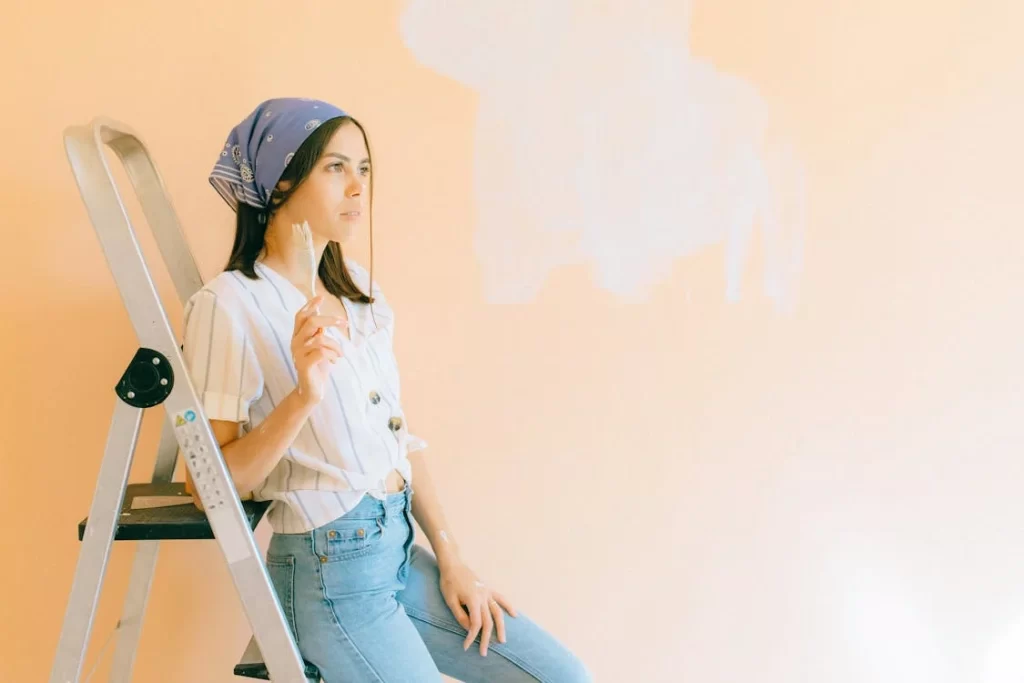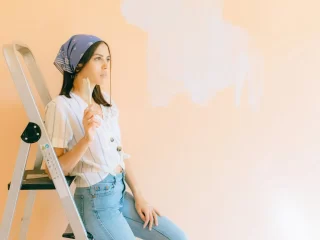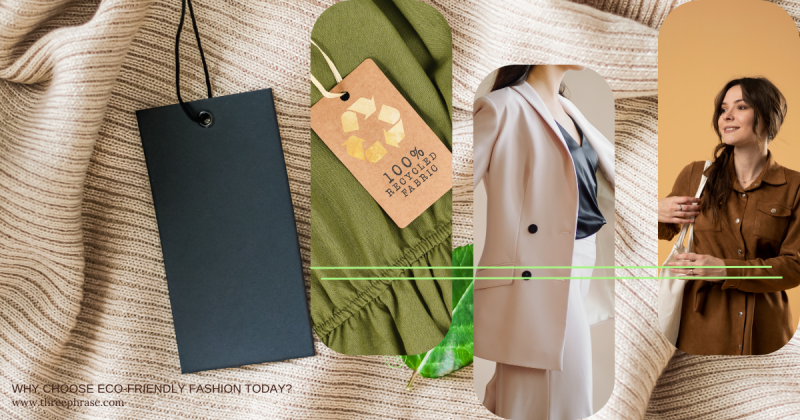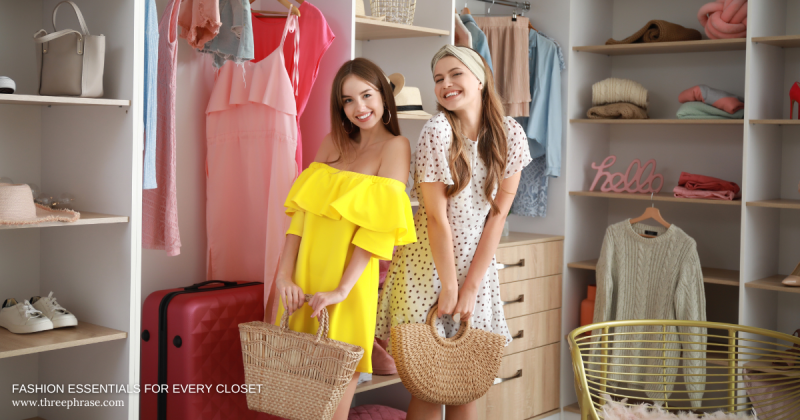Best Home Paint Colors: Enhance Your Space’s Mood and Design


Choosing the best home paint color for your home can significantly influence the mood and feel of each room. Soft, light colors like pale blues, greens, and beiges create a calming atmosphere, perfect for bedrooms or any space where you want to relax and unwind. These hues make rooms feel more open and airier, helping you to feel more at ease. On the flip side, bold colors like deep reds, navy blues, or rich greens add a touch of drama and vibrancy, making them great for areas where you entertain guests or want to make a strong impression.
Paint colors do not just change the look of a room; they also impact how you feel in it. For example, the best home paint colors, like yellow, can brighten up a kitchen or dining area with its cheerful vibe, while gray tones add a modern, sophisticated touch to living rooms or offices. By selecting the best home paint colors that match each space’s purpose, you can create an environment that looks great and enhances your everyday life.
The Impact of Colors and Textures
Colors and textures play a huge role in defining the feel and appearance of any room. They shape the mood and make a space more inviting and exciting. By mixing and matching colors with different textures, you can create a balanced and appealing look. For example, combining a soft, soothing blue with a comfy, textured fabric can make a room feel calming, while a vibrant red paired with smooth surfaces can add energy. Understanding how to blend these elements lets you design a space that truly reflects your style and makes you feel right at home.
Color Impacts
- Emotional Impacts
Colors can really change how a room feels and how we react to it. Warm colors like reds, oranges, and yellows make a space feel cozy and full of energy, perfect for lively and inviting areas. In contrast, cool colors such as blues and greens create a calm and relaxing atmosphere, ideal for creating a peaceful and soothing environment.
- Color Psychology
Interior designers often turn to color psychology to pick the perfect shades for a space. For example, blue is known for its calming and trustworthy vibes, which makes it a popular choice for bedrooms and offices. This color helps create a peaceful setting that’s great for relaxing or staying focused. By considering how different colors affect our emotions and behaviors, designers can make more thoughtful choices that help set the right mood and function for each room.
- Color Schemes
Designers use different color schemes to achieve a cohesive and visually appealing look in a room. A monochromatic scheme involves using various shades of a single color, which creates a calm and unified feel. Analogous schemes, which incorporate colors next to each other on the color wheel, offer a smooth and harmonious look. Complementary schemes pair colors from opposite sides of the wheel, providing a lively and energetic contrast. Triadic schemes use three evenly spaced colors, balancing vibrancy with structure. Each scheme influences the mood and atmosphere of a space in its own way, so choosing the right one is vital to creating the desired environment.
- Focal Points
Colors can be used to create focal points in a room. For instance, a bright, contrasting color on an accent wall or through some eye-catching accessories can draw attention and add a touch of excitement. This technique helps highlight key features and brings more visual interest to the space.
Texture Impact
- Tactile Experience
Textures play a crucial role in design, adding both comfort and contrast. Soft fabrics like velvet or cozy rugs make a space feel inviting and warm, while materials like metal or glass bring a sleek, modern touch. Mixing different textures creates a dynamic and engaging environment that appeals to the senses.
- Visual Interest
Mixing different textures can really transform a room by adding depth and visual intrigue. For instance, combining a rough surface with a smooth one creates a rich, layered look that makes the space feel more dynamic and inviting. This contrast not only makes the room visually attractive but also adds a touch of comfort and warmth, enhancing the overall atmosphere.
- Coziness and Warmth
Soft and plush textures, such as a cozy throw or a thick carpet, help create a warm and inviting atmosphere. They add a touch of comfort and luxury, making any space feel more welcoming and relaxed.
- Visual Balance
Textures are vital to creating a balanced and inviting room. If a space only has smooth, shiny surfaces, it might feel cold and unwelcoming. By incorporating textured elements like a rustic wooden table, a woven basket, or a cozy knit throw, you add warmth and personality, making the space feel more comfortable and engaging.
- Contrast and Variety
Texture contrast can be as eye-catching as color contrast. Mixing matte and glossy finishes or combining rough and smooth surfaces adds depth and interest to a room. This blend of textures keeps the space engaging and visually dynamic. It also helps create a more inviting and cozier atmosphere, reflecting the room’s mood and style.
- Theme and Style
Textures are crucial for enhancing a room’s theme or style. For example, if you are aiming for a nautical vibe, use textures like rope, weathered wood, and sea-inspired fabrics. These choices help reinforce the theme and create a more immersive and cohesive atmosphere.
Color and Texture Harmony
Color and texture harmony is essential for creating a space that feels balanced and welcoming. When you carefully blend colors and textures, you can bring out the best in a room, setting the right mood and making the space more visually appealing. It is all about making sure that each element complements the others, resulting in a cohesive and inviting atmosphere.
- Use a Neutral Base
A neutral color scheme for your walls and furniture gives you a versatile base that makes it easy to add texture with accessories, textiles, and art. This setup allows the textures to shine and keeps the room looking fresh and adaptable.
- Tone-on-Tone
Using a monochromatic color scheme with a variety of textures can create a sophisticated and calming atmosphere. It adds depth and interest to your space while keeping the look cohesive and serene.
- Texture Layers
Layering various textures within the same color family can significantly boost depth and visual interest in a room. For example, using different shades of gray alongside diverse textures—such as a cozy wool throw, a sleek metal lamp, and a plush rug—can craft a sophisticated and unified aesthetic.
- Accent with Bold Colors
Using textures as a backdrop for bold color accents can create a striking visual impact. For instance, a neutral textured sofa can provide a subtle base, allowing vibrant, textured throw pillows to stand out and add a dynamic touch to the space.
Guidelines for Defining Your Home’s Style
Do not Feel Pressure to Define Your Aesthetic
Refrain from stressing about sticking to a single style when decorating your space. Your home should reflect what you love, not just follow trends. Feel free to mix different styles and elements that make you happy. The goal is to create a space that feels uniquely yours, so let your taste shine through and evolve naturally.
Do Consider the Architectural Style of Your Home
When decorating your home, take your home’s architectural style into account. Choosing decor that complements the existing structure can enhance its natural beauty and ensure everything works well together. For instance, modern decor pairs nicely with clean, minimalist designs, while traditional pieces fit better with classic, detailed architecture. Matching your decor to your home’s style helps create a cohesive and visually pleasing look.
Consider Your Location
When decorating your home, it is essential to consider your location and climate. For example, if you are in a coastal area, light fabrics and beachy themes might be ideal. In cooler climates, you might opt for warm, cozy materials and layered textiles to create a comfortable, inviting space. Aligning your decor with your environment not only boosts comfort but also makes your home feel more connected to its surroundings.
Evaluate Your Inspirations and Identify What Does Not Work for You
When designing your space, it is crucial to evaluate what inspires you and also recognize what does not fit your style. Start by exploring various sources of inspiration, like magazines, websites, or showrooms. By analyzing these preferences, you can better understand your unique taste and avoid incorporating elements that might not align with your vision. This way, you will create a space that truly reflects your style and feels suitable for you.
Fill Your Home with Things You Love
Fill your home with things you genuinely love, and that reflect your personality. Whether it is cherished artwork, favorite pieces of furniture, or sentimental keepsakes, surrounding yourself with these items makes your space feel uniquely yours. Choose items that make you happy and enhance your everyday life, turning your home into a true reflection of who you are.
The Hidden Meanings Behind the Best Home Paint Colors
- White
White stands for cleanliness and a fresh start, bringing a cool and refreshing atmosphere to any room. Warmer whites can make a space feel more inviting and cozier, while cooler whites create a more elegant, formal ambiance.
- Black
Black is often seen as a color of elegance, mystery, and power. People who favor blacks are usually ambitious and sophisticated. However, it is worth noting that too much black can sometimes feel gloomy.
- Red
Red is one of the most stimulating colors psychologically. It exudes confidence and generates excitement and energy. It is often linked to passion, energy, and bravery.
- Brown
Brown symbolizes the earth, security, and contentment. It conveys a sense of simplicity and comfort, making it a grounding and reassuring color.
- Orange
Orange is a lively and energetic color that symbolizes warmth, balance, and enthusiasm. It stands out and grabs attention, adding a vibrant touch wherever it is used. Plus, orange is known to stimulate the appetite, making it an excellent choice for brightening up a dining area.
- Yellow
Yellow is all about happiness, optimism, and inspiration—it brings to mind sunny summer days. A soft, pale yellow can add a cheerful touch to a space without feeling too intense or overwhelming.
- Green
Green is the color of nature, evoking calm and relaxation. It is associated with joy, harmony, vitality, and the environment, as well as with money. People who are drawn to green often value balance, stability, and persistence.
- Blue
Blue is known for its calming and cool qualities, which is why it is one of the most popular colors. It represents the sky and the heavens, and its soothing effect makes it an excellent choice for bedrooms, helping to create a serene and peaceful atmosphere.
- Purple
Purple sparks imagination and is often associated with royalty, luxury, and wealth. People who are drawn to purple are usually creative, wise, and romantic.
- Pink
Pink is a softer, more delicate shade of red. It is often associated with femininity, romance, innocence, and a tender heart. Unlike the bold energy of red, pink has a calming effect, making it an excellent choice for creating a soothing atmosphere in a bedroom.
- Gray
Gray is a timeless and versatile color. People who are drawn to gray are often seen as intelligent and disciplined. Its elegance allows it to complement nearly any color. When paired with warm tones, gray can help create a cozy and inviting atmosphere.
- Silver
Silver symbolizes money, prosperity, and wealth. Adding silver accents to a room can give it a touch of ornate richness and sophistication.
Conclusion
Room accessories are the finishing touches that can make a room truly shine. They bring style, function, and a personal flair to your space, turning it from just a room into a reflection of who you are. Knowing how to choose and arrange these accessories, alongside selecting the best home paint colors, can transform your home into a place that feels uniquely yours. Whether you are a new interior designer or just looking to update your own space, exploring the world of room accessories and paint colors is an exciting and worthwhile endeavor.


